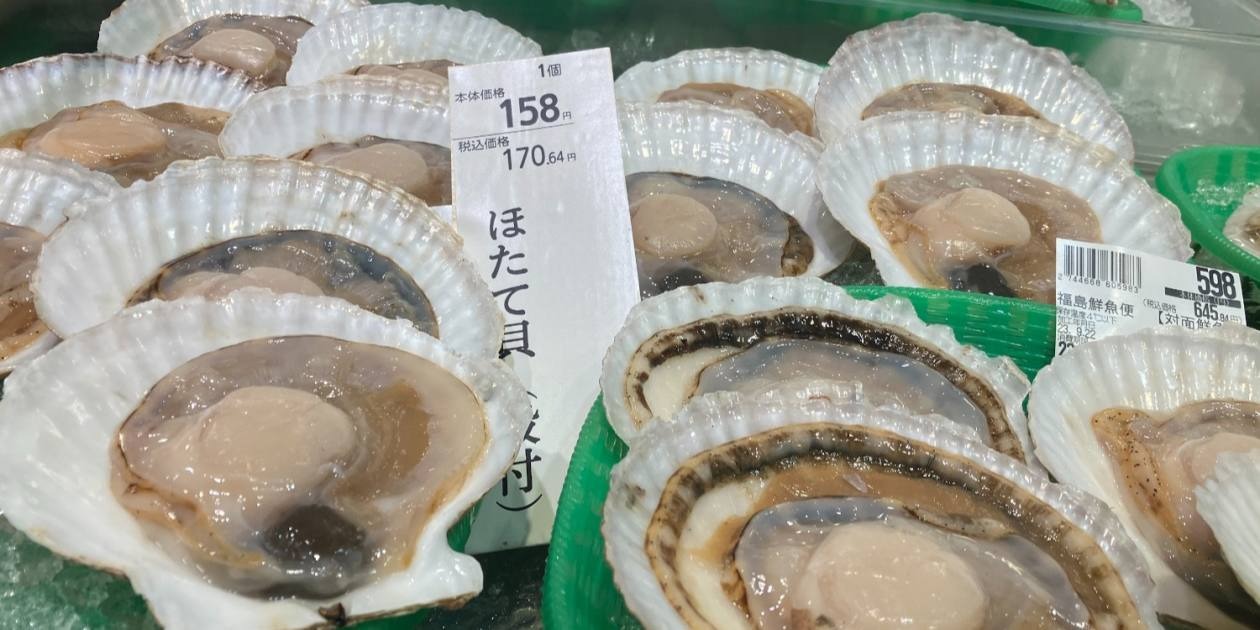
Japanese scallops will be processed in Vietnam before being exported back to the Japanese market.
NIKKEI ASIA SCREENSHOT
Nikkei Asia reported on January 6 that online seafood retailer Foodison is partnering with other companies, including wholesaler Ebisu Shokai, traders Ocean Road and Nosui, to pilot a container of shell-on scallops, equivalent to more than 20 tons.
Under the agreement, Ebisu Shokai scallops will be purchased by Ocean Road and exported to Vietnam for processing and sent back to Japan for sale at restaurants and retailers of Foodison, Ebisu Shokai and Nosui.
Ocean Road is a company with similar experience with shrimp and crab, processing them in Vietnam for sale in the Japanese market.
The first batch has been sent to Vietnam, where the processing facility will produce half-shell scallops for cooking, as well as for sushi and frozen for raw consumption. The companies will consider further deployment based on the results from this batch.
“If the product prices drop, they could be used by conveyor-belt sushi chains and large convenience store operators,” said a representative of the frozen seafood division of Nosui, a company that sells processed seafood for commercial purposes.
Processing labor costs in Vietnam are only 20-30% of those in Japan. For scallops used for sushi or eaten raw, prices are expected to be lower than those processed in Japan even after shipping costs are taken into account.
Half-shell scallops, which require less processing, are expected to be priced similarly to processed scallops in Japan. But even then, there are not enough workers in Japan and processing takes time, said Kenichiro Hoshino, a manager at Foodison.
“Instead of keeping unshelled scallops in stock, it’s better to process them overseas and sell them to customers,” he said.
Facilities in Vietnam have HACCP certification, an international standard for food safety, and scallops processed here can be exported to markets other than Japan. Therefore, companies will consider selling to Europe and the US.
Japan produced 500,000 tons of unshelled scallops in 2022, about 140,000 tons of which were exported to China, of which 100,000 tons were sent in the shell for processing. Since China banned imports of Japanese seafood in August 2023, scallop inventories have increased.
Meanwhile, demand in other markets is limited and they cannot be processed in Japan fast enough to supply domestically, due to labor shortages.
The Japanese government has introduced a series of support measures including subsidies to cover the costs of processing and storage equipment.
Source link


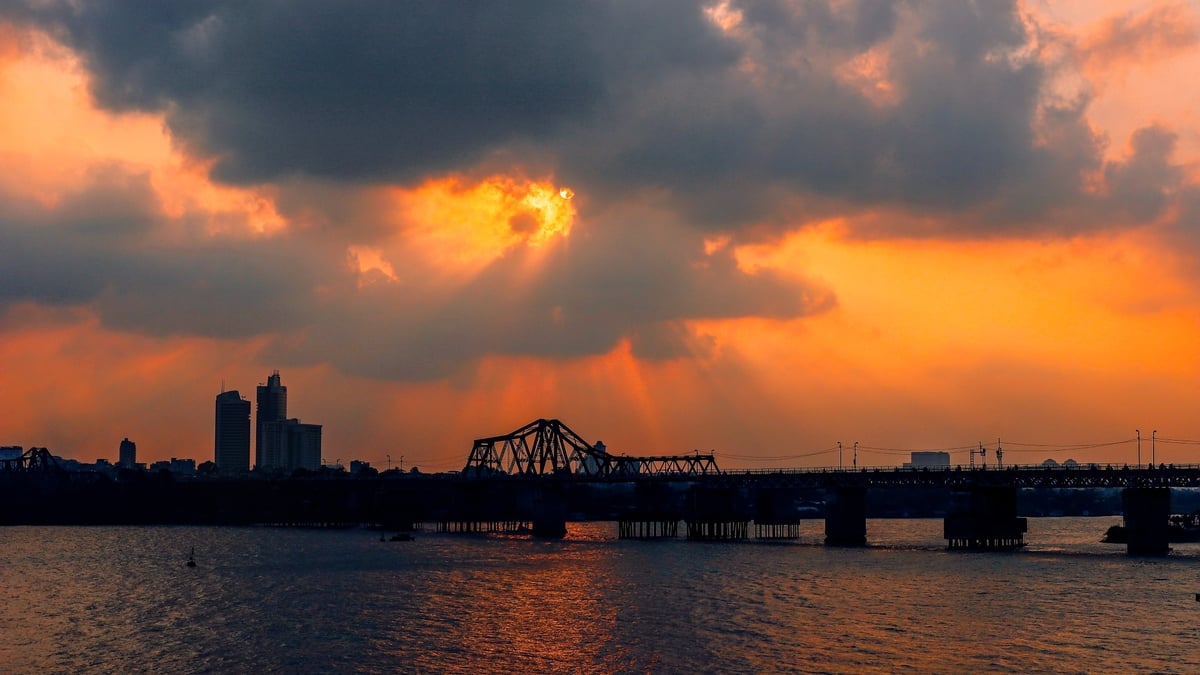


![[Photo] Prime Minister Pham Minh Chinh and Prime Minister of the Kingdom of Thailand Paetongtarn Shinawatra attend the Vietnam-Thailand Business Forum 2025](https://vphoto.vietnam.vn/thumb/1200x675/vietnam/resource/IMAGE/2025/5/16/1cdfce54d25c48a68ae6fb9204f2171a)






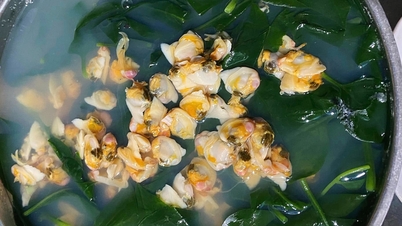





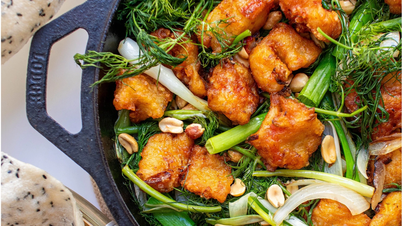



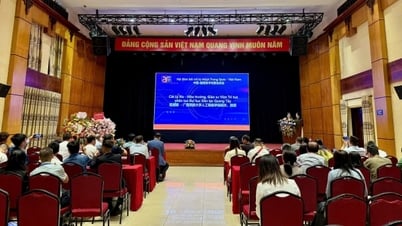
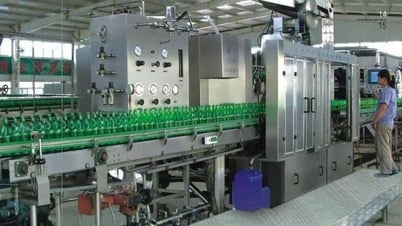












![[Photo] President Luong Cuong receives Prime Minister of the Kingdom of Thailand Paetongtarn Shinawatra](https://vphoto.vietnam.vn/thumb/1200x675/vietnam/resource/IMAGE/2025/5/16/52c73b27198a4e12bd6a903d1c218846)






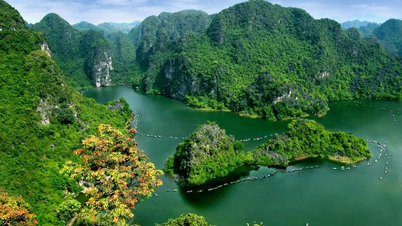






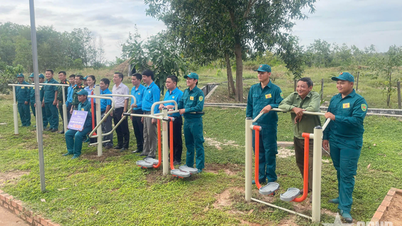




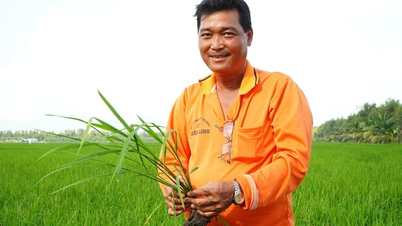
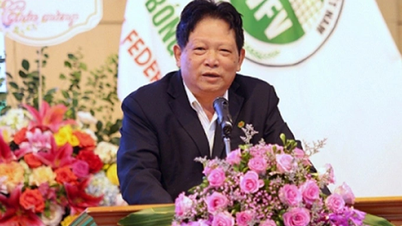









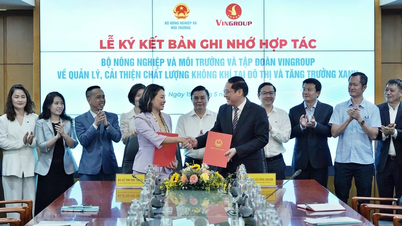


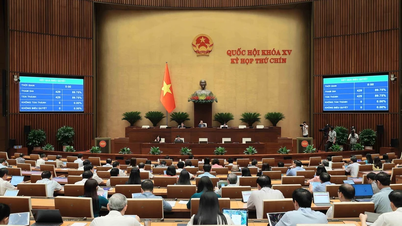

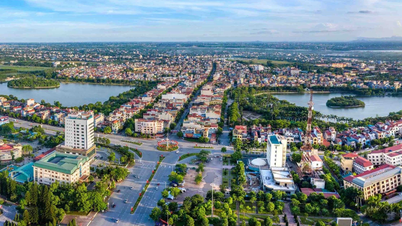












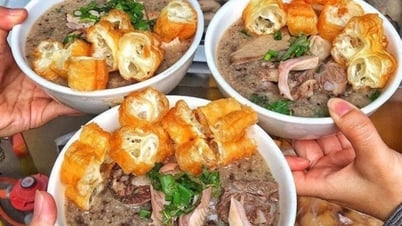

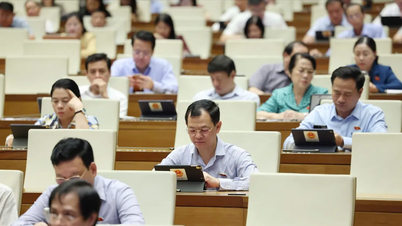













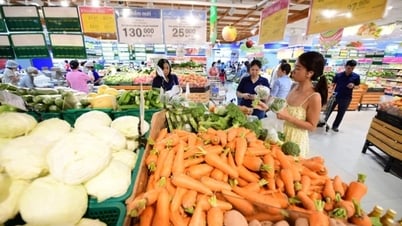
Comment (0)